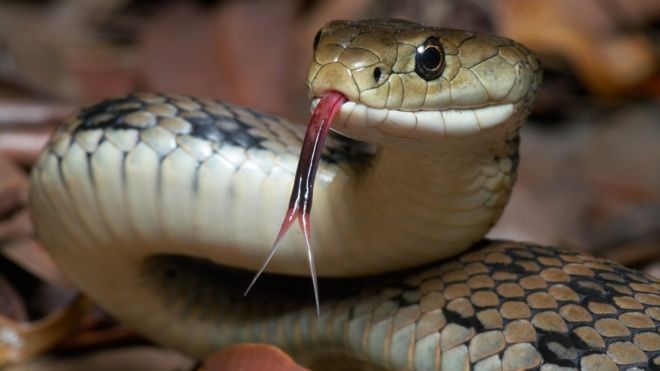Snakes are versatile. You see them everywhere from zoos, to sidewalks and soccer fields, to cages in homes. While some snakes can be kept safely as a pet, there are others that you won’t want to encounter in the wild.
Some snakes are able to inject venom in their bites that could mean a trip to the hospital. Here are some of the most dangerous snakes to encounter in the wild. If you want to keep all of your limbs, it is best you don’t try to make these terrifying reptiles your friend.
Have small pets that you want to keep safe from a snake’s bite? Check out these crates from http://cozycrates.review/ to keep your pet from wandering off into hazardous areas outside.
1 . Eastern Brown Snake – Australia
This beautiful brown snake is mostly found in eastern and central Australia. It can be recognized by its brown back and creamy yellow underbelly. While this snake may look fairly harmless, it packs a mean bite. Its typical meal, the house mouse, meets its demise when caught between the venomous teeth of this predator.
It is known famously as the second most venomous land snake. One bite from this creature can cause cardiovascular collapse or cardiac arrest, which can be fatal if not immediately treated. It belongs to the family Elapidae and is not considered endangered or threatened. It is a least concern species.
2 . Black Mamba – Africa
The Black Mamba is a least concern species, meaning it is not threatened or endangered. Like the Eastern Brown Snake, it is a member of the family Elapidae. It is the second longest venomous snake, second to the King Cobra, and can be recognized by its dark gray/brown skin.
One terrifying fact about these venomous creatures is that they are both terrestrial and arboreal. This means they live on the ground and in trees, so be sure to watch the tree tops if you are hiking in sub-saharan Africa any time soon.
Because of its length, this snake can strike from quite far away. It is known to hiss and strike several times in a row, rapidly. Its venom can begin to do damage within merely ten minutes of being injected, and requires antivenom to reverse fatal damage.
3 . Coral Snake – North America
This cute little reptile is patterned with red, yellow, and black rings around its body. The thin yellow rings surround thicker black and red rings. This snake can be remembered as venomous by using the popular rhyme “red on yellow kills a fellow. Red on black, venom lack.” Just like the rhyme says, this snakes venom is fatal if not treated immediately.
Part of what makes this snake so dangerous is that it is relatively tiny. The coral snake typically only grows to be 3 feet long. They are fossorial, meaning they burrow into the ground and are mostly solitary and elusive. If you happen to encounter one though, don’t go near. The venom of a coral snake paralyzes muscles needed to breathe. You must be treated with antivenom if you hope to survive this snakes deadly bite.
The Bottom Line
Wherever you encounter one of these deadly reptiles, be sure that you know enough to recognize it and avoid it at all costs. Often, these snakes are more afraid of you than you are of them. Be sure to stay out of their way and let them flee so that you can make your way along.
Venomous snakes are some of natures most interesting creatures. Treat them with respect and they’ll do the same. Don’t forget to protect small animals on your property!

